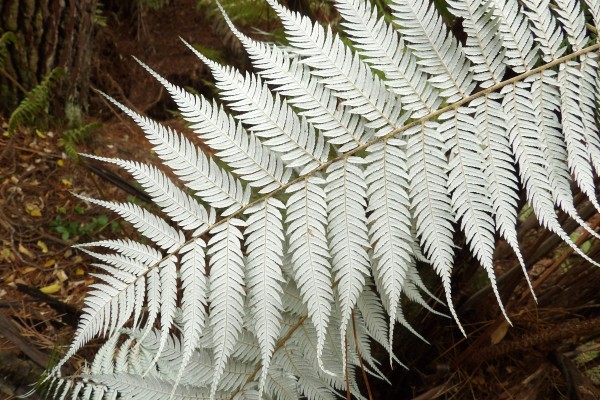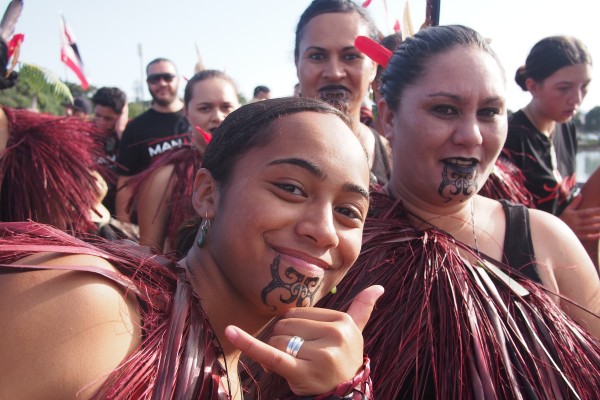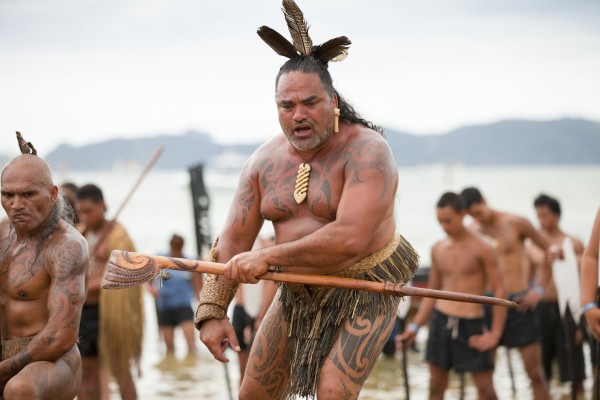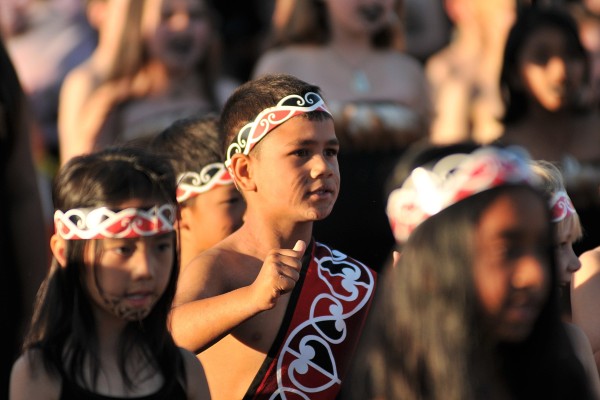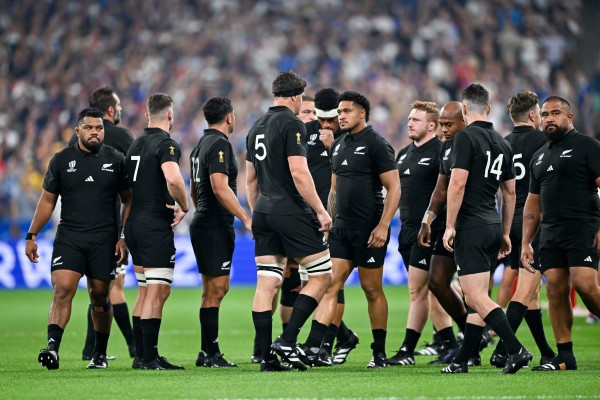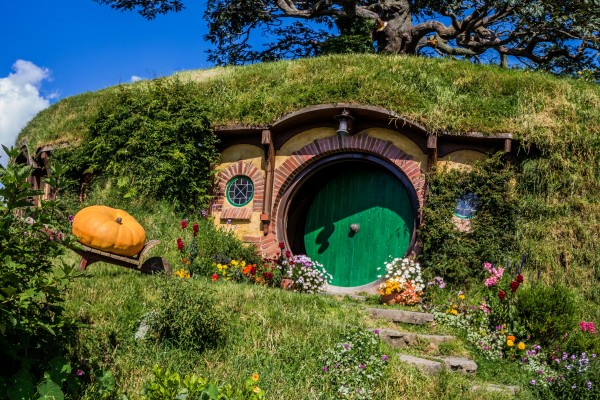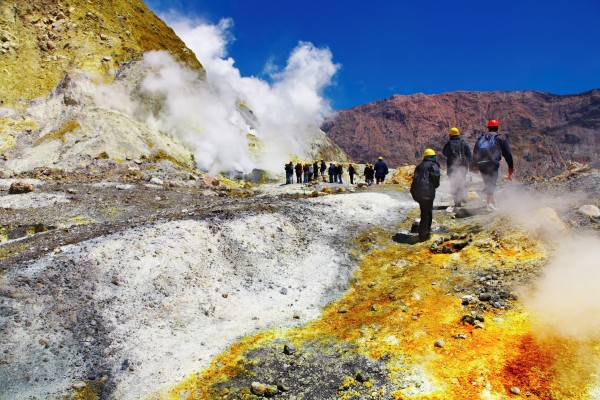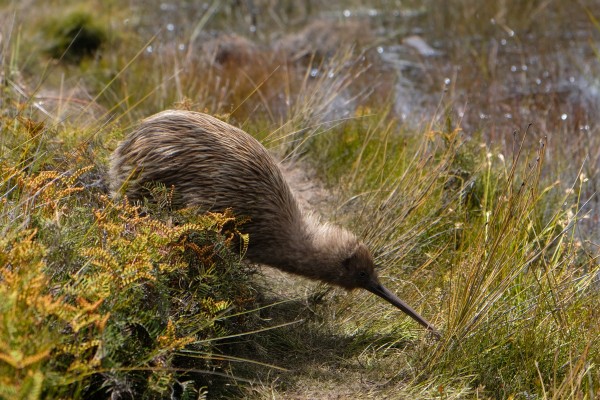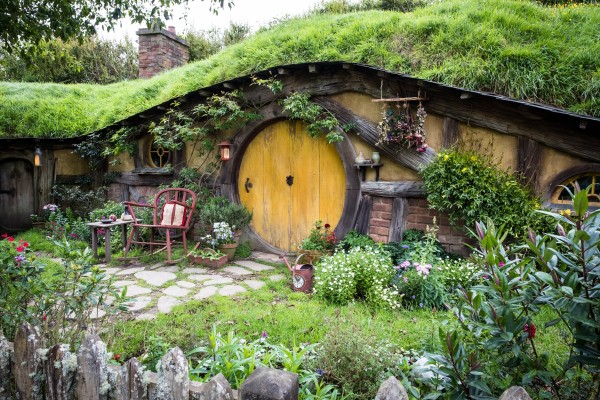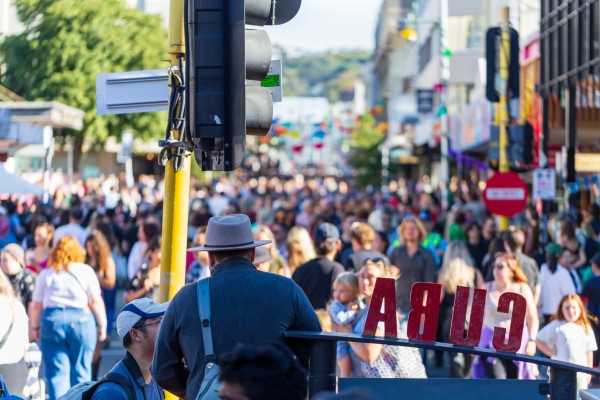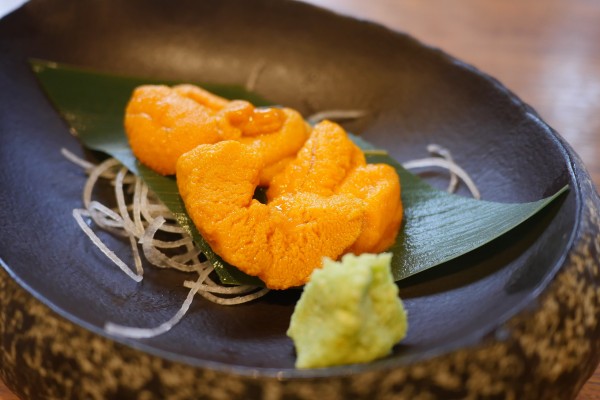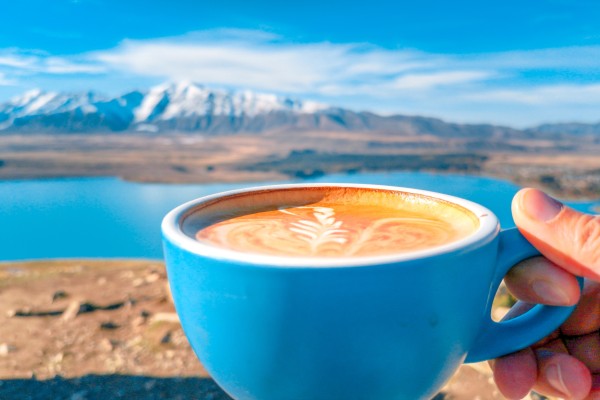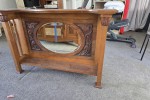The ultimate guide to New Zealand's national symbols and icons


Many countries can be defined by their national symbols and icons. From flags to national dishes, dances and cultural icons, these provide an insight into the history and values of the people and the culture. New Zealand is no different.
Despite being a relatively young country, New Zealand has many national symbols and icons that are unique to our Pacific Island home.
Why are New Zealand’s symbols and icons an important part of our culture?
New Zealand is both a young country and a multi-cultural country. Our symbols and icons provide a sense of identity and unity among many New Zealanders and make up for the lack of shared history our country has, especially when compared to countries in Europe, Asia and America.
In many ways, the unofficial symbols of New Zealand create more of a shared understanding of what it means to be a New Zealander. New Zealand is less traditionally patriotic than many countries. You won’t find Kiwis flying the national flag outside their homes or singing the national anthem outside of the Olympics or an international sporting event. However, our adoption of symbols and icons helps foster a sense of belonging, pride and patriotism that is otherwise hard to come by.
New Zealanders are fiercely patriotic about our people, our art and our culture. New Zealand fiction, film, music and television are widely supported by Kiwis at home and abroad. On the global stage, New Zealanders proudly use their symbols and icons to serve as recognisable branding for our country. Our national colours of black and white, along with the silver fern, are used in diplomacy, trade, tourism, and cultural exchange, helping to establish our image worldwide.
What are the official symbols of New Zealand?
Official symbols are designated by legal authority and hold a formal status in representing New Zealand. You may be familiar with these symbols on the international stage.
New Zealand’s Flags

The New Zealand flag, also known as the New Zealand Ensign, is navy blue with the red and white Union Jack in one corner and four starts, representing the southern cross on the right-hand side. The Union Jack is significant as it represents our history as a British colony. The Southern Cross is one of the major constellations visible in the Southern Hemisphere and is visible in the skies of New Zealand at night.
The flag referendum
New Zealand’s flag referendum is an interesting moment in recent pop culture for many New Zealanders. In 2016, the country held a flag referendum on adopting a new flag to help distinguish the flag from Australia, which has a similar design. An open design competition was held, and thousands of designs were submitted. Five designs were chosen from thousands of open submissions. Popular designs included the silver fern flag featuring a silver fern and red southern cross on a blue and black background.
Red Peak was another popular design. It featured simple geometric elements representing land and sky and was inspired by the Maori myth of Ranginui and Papatūānuku. Ultimately, the New Zealand public decided to keep the original flag. However, occasionally, you may see variations flown at sports events or rallies. Laser Kiwi was a popular design that did not make it into the final referendum. The flag’s design features a kiwi shooting a laser beam from its eye and a silver fern on a black background.
The National Māori flag

The National Māori flag is used to represent Māori. It’s also known as Tino Rangatiratanga. Although it doesn’t have official status with the New Zealand Government, it is still used on some official occasions. The flag uses our national colours of black, red ochre, and white. The design represents a koru, a design commonly found in Māori culture and represents a fern frond. The white of the flag also references the Māori name of New Zealand, Aotearoa, the ‘land of the long white cloud.
The Māori flag was unveiled on Waitangi Day 1990 and was inspired by a response to celebrations of the 150th anniversary of the signing of the Treaty of Waitangi. Māori independence organisation wanted to draw attention to ways the treaty had been breached. Since then, the flag has been widely adopted by Māori.
New Zealand’s national colours
The national colours of New Zealand are black, white or silver, and red ochre. These colours are used a lot in both Māori culture (black, white and red) and in New Zealand’s sporting teams (black and white/silver).
New Zealand’s national airline, Air New Zealand, adopted the national colours black and white in 2012, switching from teal to black. Most of our national teams are named after these colours, including the All Blacks, our national rugby union team, Silver Ferns, our national netball team, the All Whites, our national men’s soccer team, the Black Caps, our national cricket men’s team and the Black Sticks, our national women’s hockey team.
The coat of arms
 The New Zealand coat of arms reflects our history as a bicultural nation. It features a European woman in a silver dress on one side holding the New Zealand flag and a Māori chief in traditional dress and holding a taiaha (spear) standing on either side of a shield. The shield is divided into quarters and features symbols of wheat, farm tools, a fleece (shown as a whole sheep), and three ships representing trade, agriculture and industry. The Southern Cross also features. The two figures stand on two green ferns stretching out below the coat of arms.
The New Zealand coat of arms reflects our history as a bicultural nation. It features a European woman in a silver dress on one side holding the New Zealand flag and a Māori chief in traditional dress and holding a taiaha (spear) standing on either side of a shield. The shield is divided into quarters and features symbols of wheat, farm tools, a fleece (shown as a whole sheep), and three ships representing trade, agriculture and industry. The Southern Cross also features. The two figures stand on two green ferns stretching out below the coat of arms.
The coat of arms is restricted for use by the New Zealand government. However, a variation of the coat of arms by Raglan Roast, a popular coffee brand, shows the Māori chief holding a surfboard and features a cup of coffee rather than the three ships in the centre.
Unofficial emblems
The Kiwi - NZ national bird
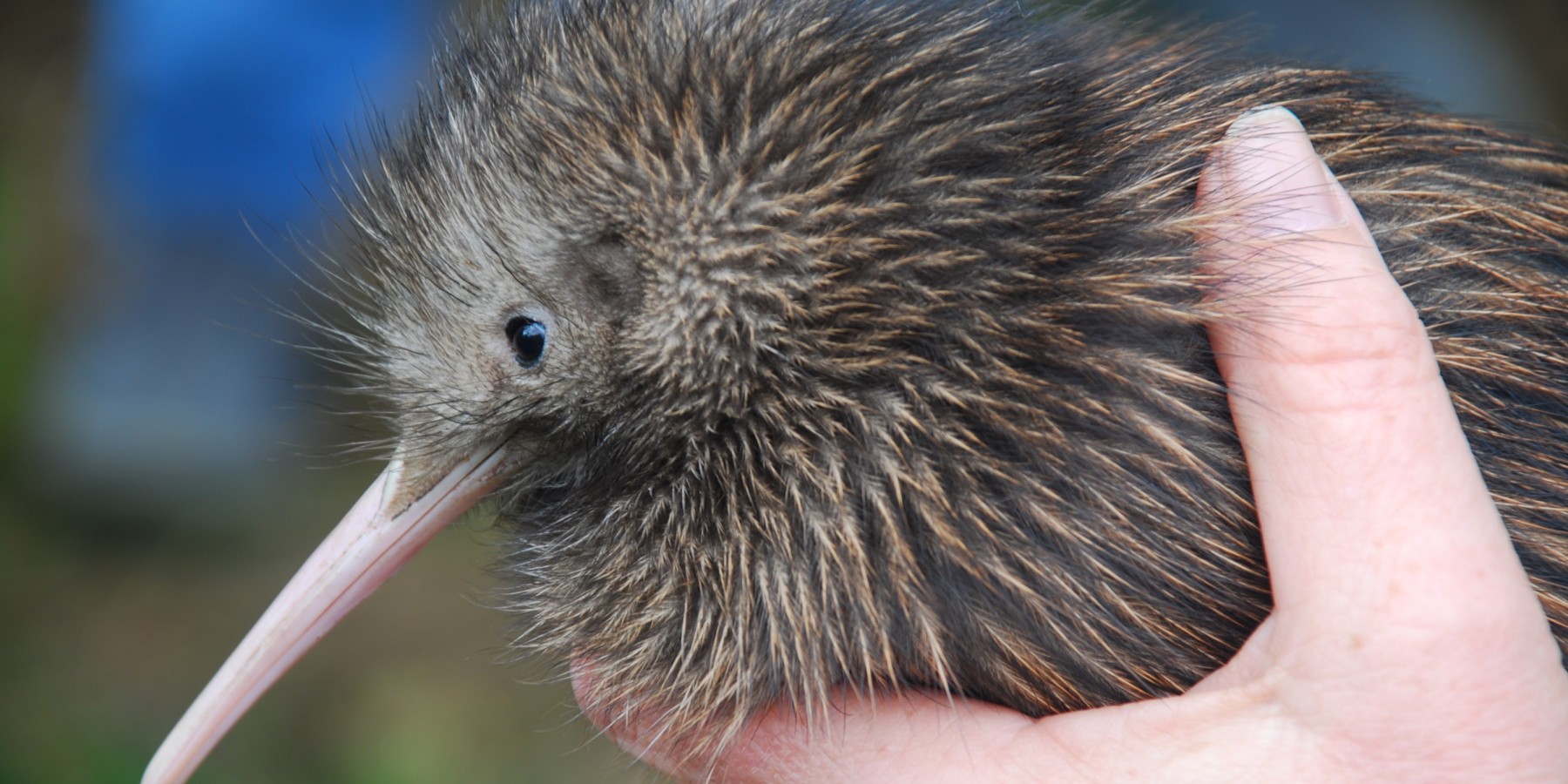
The kiwi is the national bird of New Zealand and one of the most famously known symbols of the country. Kiwi can refer to both the birds and as a nickname for New Zealanders. Both of these symbols gained popularity around WW1, one of the first times that many New Zealanders travelled overseas in large numbers.
The Silver Fern - NZ national plant

The Silver Fern is a medium-sized tree fern that is endemic to New Zealand. It’s also referred to by its Māori name ‘ponga.’ These ferns have been used as symbols of New Zealand since te 1880s. The top side of the fern is green in colour. But, when turned over, the underside of the fern looks silver. Pre-colonisation, Māori sometimes used ponga as trail markers because their silvery undersides shone under the moonlight.
The Silver Fern has been adopted by many businesses, government organisations, and sports teams, including Air New Zealand, Immigration New Zealand, and the All Blacks.
Kōwhai - NZ national flower
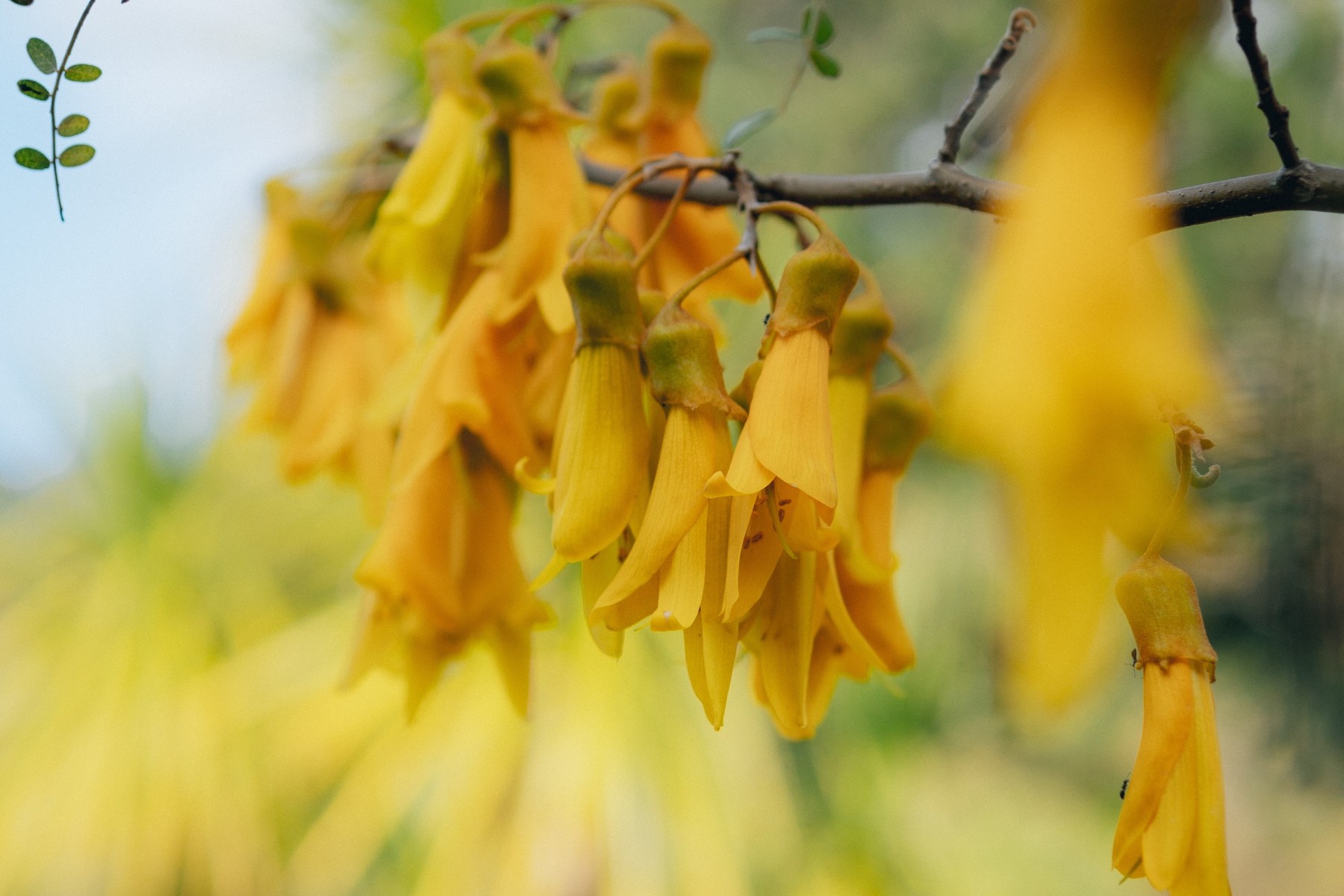 Kōwhai trees are native to New Zealand and are recognisable by their bright yellow flowers. They naturally grow on the edges of forests or in lowland or open areas. The branches of the Kōwhai trees are flexible and were traditionally used by Māori as construction material, to snare birds, or for medicinal purposes.
Kōwhai trees are native to New Zealand and are recognisable by their bright yellow flowers. They naturally grow on the edges of forests or in lowland or open areas. The branches of the Kōwhai trees are flexible and were traditionally used by Māori as construction material, to snare birds, or for medicinal purposes.
Cultural icons
Icons representing New Zealand's culture are almost as familiar to Kiwis and visitors, nearly as much as unofficial symbols. Many of these distinctively New Zealand icons are affectionately referred to as symbols of "Kiwiana."
The All Blacks

New Zealand’s national rugby union team are one of the most well-known symbols of the country. Rugby is considered New Zealand’s national sport. Support and involvement in the sport are strong from even the grassroots level. Rugby became popular in New Zealand in the 1800s after its introduction in the 1870s. It became especially popular with Māori, who naturally excelled at the sport and have influenced both the national and international game with their fast, athletic style of play.
Haka
The haka is a traditional Māori ceremonial dance and chant that holds importance for Māori as well as a symbol of New Zealand. Internationally, the haka became famous for being performed by Māori soldiers before battle. However, there were many reasons Māori performed haka traditionally, including the meeting of two tribes or for welcoming visitors. Today, it has become famous as the prelude to the All Black’s international rugby games. The All Black haka, called "Ka Mate" is just one version of the haka, of which there are many. Most iwi have haka unique to their history as a tribe. Today, many schools and sporting clubs perform haka as a celebration or to lay down a challenge to the opposing team.
Bungy jumping
 The sport of bungy jumping originated in New Zealand in the South Island and has become a popular extreme sport worldwide. Originally created as a commercial sport by A.J Hackett, it embodies the spirit of Kiwi culture, blending innovation, ingenuity, and a profound sense of adventure together.
The sport of bungy jumping originated in New Zealand in the South Island and has become a popular extreme sport worldwide. Originally created as a commercial sport by A.J Hackett, it embodies the spirit of Kiwi culture, blending innovation, ingenuity, and a profound sense of adventure together.
Koru
The koru is widely used in Māori art and culture and has been widely adopted as a symbol of New Zealand. It depicts an unfurling silver fern frond and is used in the logos of many businesses and organisations nationwide. Air New Zealand’s logo is made up of two korus.
Pounamu
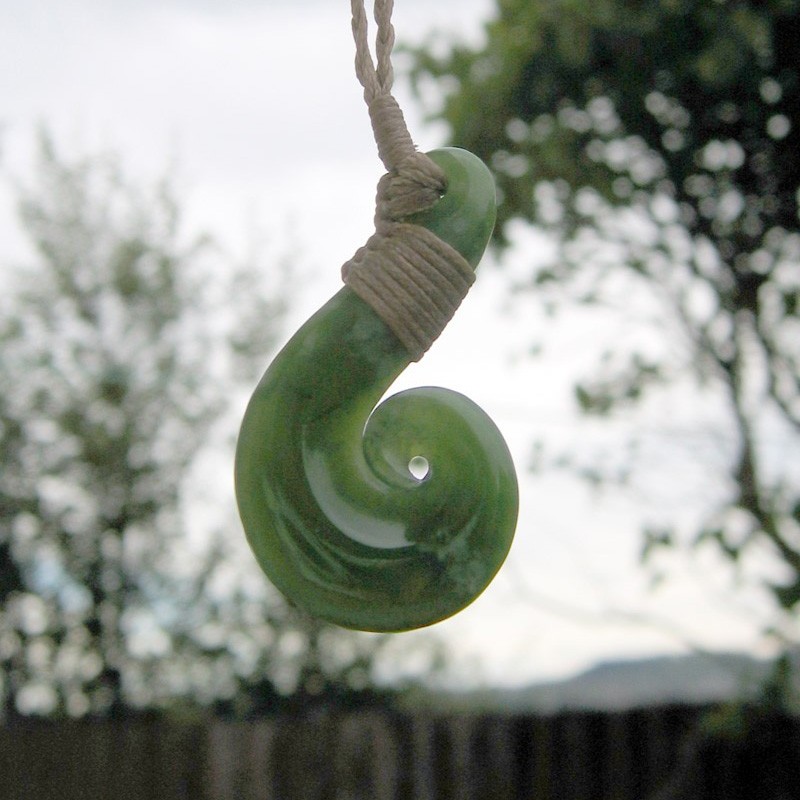 Pounamu (known as greenstone in other countries) is a significant stone in New Zealand because of its deep cultural and spiritual connections to Māori. Pounamu is regarded as a taonga, meaning "treasure" or "precious possession," and the stone holds spiritual value. Traditionally, it has been used in carvings, ornaments, jewellery and tools. These items are often passed down through generations and are seen as symbols of prestige, strength, and cultural identity.
Pounamu (known as greenstone in other countries) is a significant stone in New Zealand because of its deep cultural and spiritual connections to Māori. Pounamu is regarded as a taonga, meaning "treasure" or "precious possession," and the stone holds spiritual value. Traditionally, it has been used in carvings, ornaments, jewellery and tools. These items are often passed down through generations and are seen as symbols of prestige, strength, and cultural identity.
Pounamu is associated with spiritual protection and well-being, and gifting a piece of pounamu is a gesture of great honour and respect in Māori culture. Many Pakeha (European New Zealanders) have adopted this practice. Today, New Zealanders of all ethnicities wear pounamu jewellery, especially necklaces.
The Lord of the Rings
 Peter Jackson’s trilogy, The Lord of the Rings, catapulted New Zealand onto the international stage and showcased both the talent of Kiwi filmmakers and the stunning scenery this country has to offer. The trilogy is often shown on public television once a year, and most New Zealanders are familiar with the films.
Peter Jackson’s trilogy, The Lord of the Rings, catapulted New Zealand onto the international stage and showcased both the talent of Kiwi filmmakers and the stunning scenery this country has to offer. The trilogy is often shown on public television once a year, and most New Zealanders are familiar with the films.
Mitre Peak
Located in Fiordland, Mitre Peak is one of New Zealand’s most recognisable mountains. The tall peak is located on the shore of Milford Sound. Combined with the glassy waters of the sound, it makes for a stunning site.
Pāua
Pāua is the Māori name for abalone and is known only by its traditional name in New Zealand. Pāua is popular both as a seafood and for its beautiful iridescent shells. Most New Zealanders own or have used pāua shells as decorative objects in their home. Pāua jewellery is also common in New Zealand.
What do our customers say?





For every (wise)move







